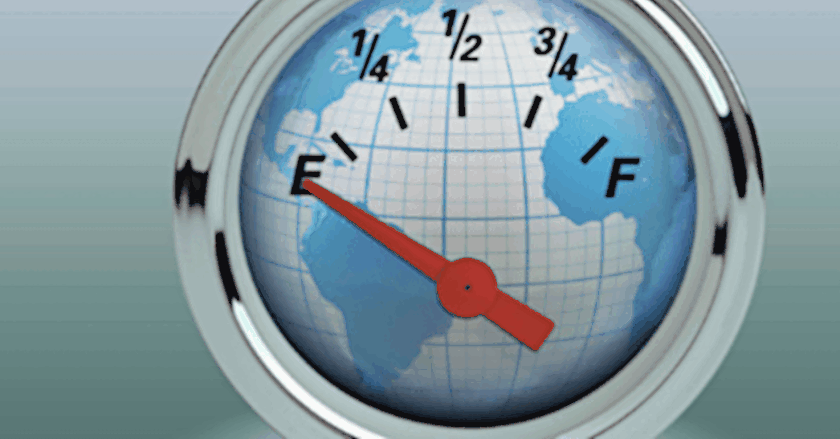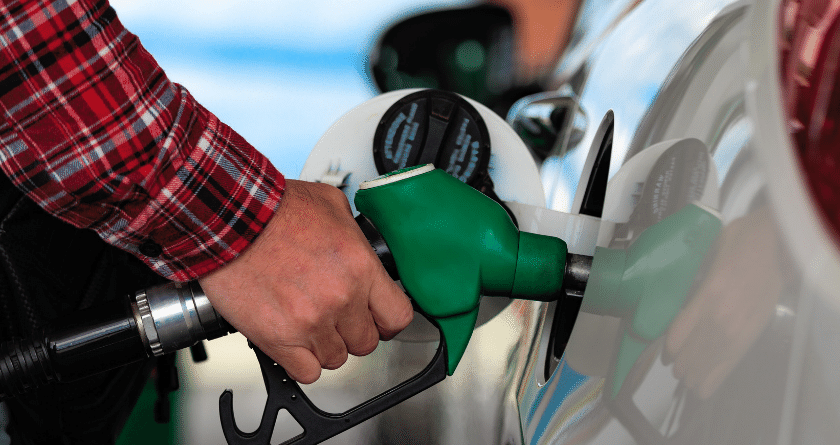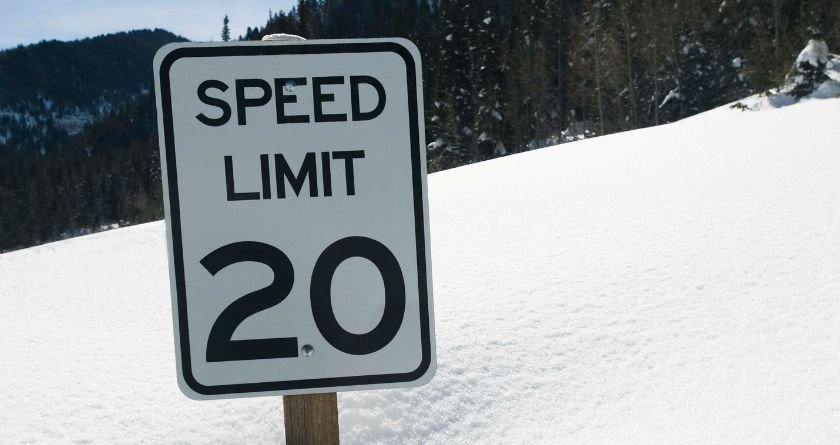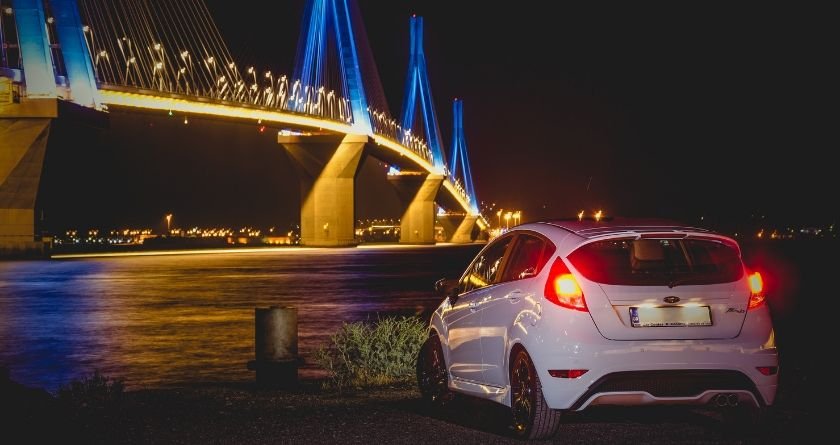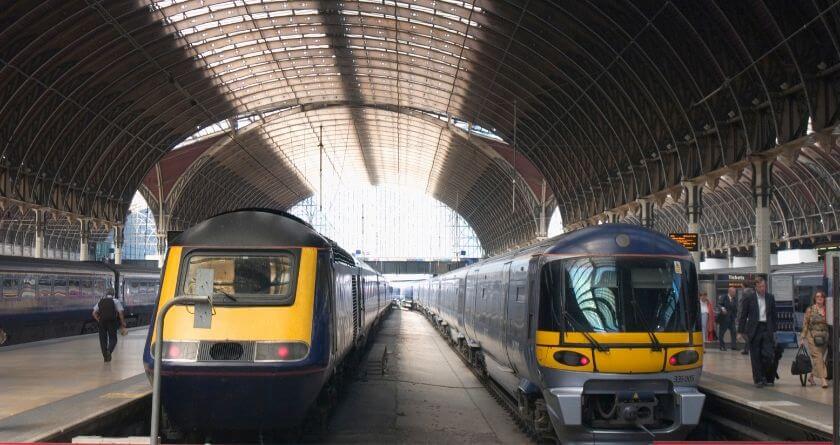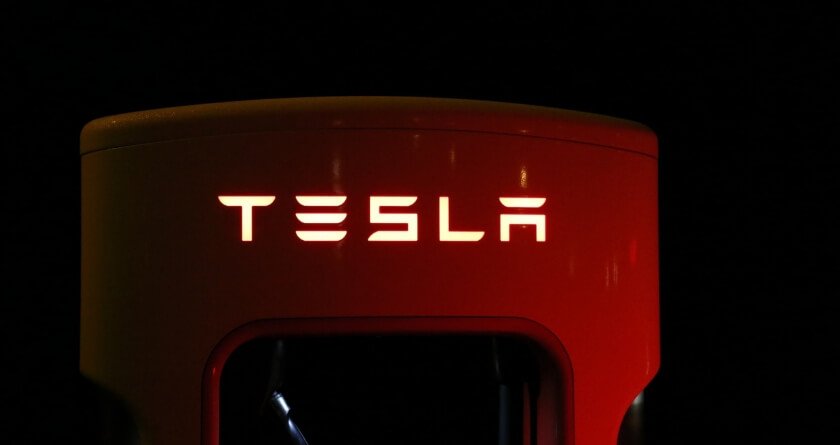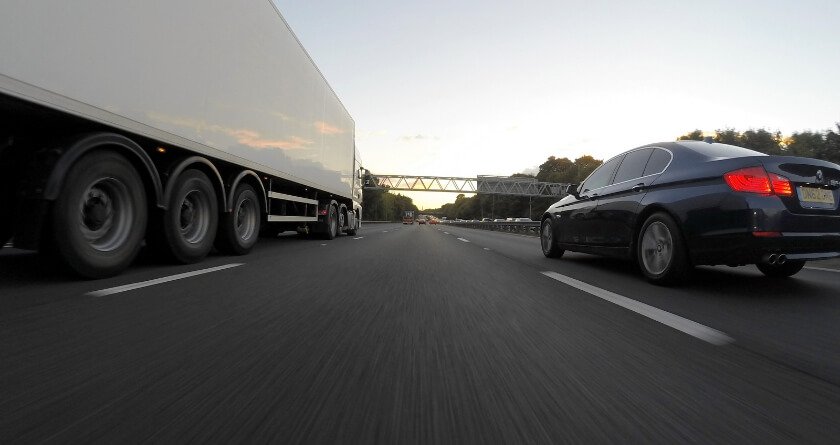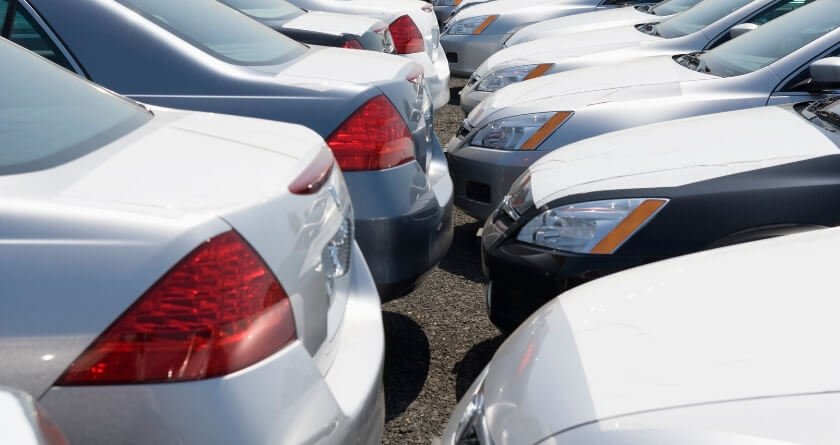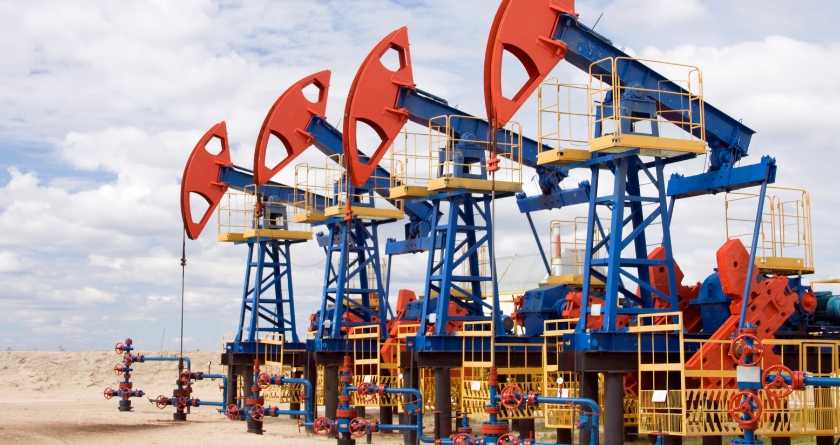
Oil prices plummet leading to hopes of lower pump prices
Oil prices have dropped 5% in the past week thanks to an increase in reserves in the USA leading to hopes for lower pump prices in the coming weeks. At the highest point in the last month, oil sat at $72 a barrel, so the drop to $67 is considerable and very drastic, the steepest drop in six months.
Pump price watchers FairFuelUK say that the pump price could drop by up to 2p a litre for most areas across the UK. Wholesale prices are still on the rise, so it may be a few weeks before we see these savings filter down to the pumps.
Price changes
When the price of a barrel of oil goes up or down it can take up to a month for the changes to be felt at the pumps. If the wholesale price suddenly drops then the price of the pump will drop quicker. It depends on the volume of fuel sold, as the quicker retailers sell fuel the quicker they can respond to price changes. If demand at the forecourt is low then prices will also drop slower.
Many things affect the oil price, from the obvious supply and demand, as in winter demand increases across Europe for heating fuel, to the geopolitical influences such as tensions in the Middle East, trade wars between America and China, America’s sanctions on Middle Eastern countries such as Iran, Brexit (no, we’re not scaremongering but it is an actual thing that affects the buying behaviours on the oil market, especially when new legislation or changes to dates are announced.)
Once the barrel of oil is bought, it is then fractionally distilled and then sold on the wholesale market for companies to buy. Quieter forecourts, or ones with less thoroughfare, will be slower to respond to pump price changes as they cannot buy wholesale fuel as quickly. You may notice a local supermarket forecourt changes it prices much quicker than your small independent garage down the road, as the supermarket’s prices are controlled centrally rather than locally.
Our view
Kitty Bates, consumer spokesperson for PetrolPrices.com says “Oil prices have risen drastically in the past few months but thanks to some external geopolitical factors, as of the beginning of June a barrel of oil is sitting at the $62 dollar mark, almost 10 dollars less than last month. This will carry on to the motorist in the next coming weeks, and as we come into hotter weather, families across Britain will be able to explore the countryside without hurting their income.
Wholesale prices are still on the up, but as it can take up to two weeks for the oil price to transfer through the system we should see a fall at the end of the month, into the beginning of July.
Geopolitical instances such as the trade war between China and America have actually helped to lower oil prices, but the sanctions placed on Iran by America could see much higher pump prices at the end of the year.”
What can you do?
Shop around for prices. You can download the PetrolPrices app and check prices near you on the go. There can be up to a 10p price spread within your area, and the closest isn’t always the cheapest.
Make sure you’re getting the most out of your tank by using some hypermiling techniques. Rolling resistance of a tyre is really important, and by keeping your tyres properly inflated you can maintain a good MPG.
Keeping the engine unclogged by using a tank of premium fuel every 1000-5000 miles, or every 6 months. While premium fuels are unnecessary for most drivers on a regular basis, all cars will benefit from a tank of premium every now and then. The investment now can keep your car running smoothly in the long run, and increase the longevity of the engine and potentially reduce the risk of small errors in the engine.
What do you think of the prices at the minute? Will a pump price drop help you out this summer? Let us know below
